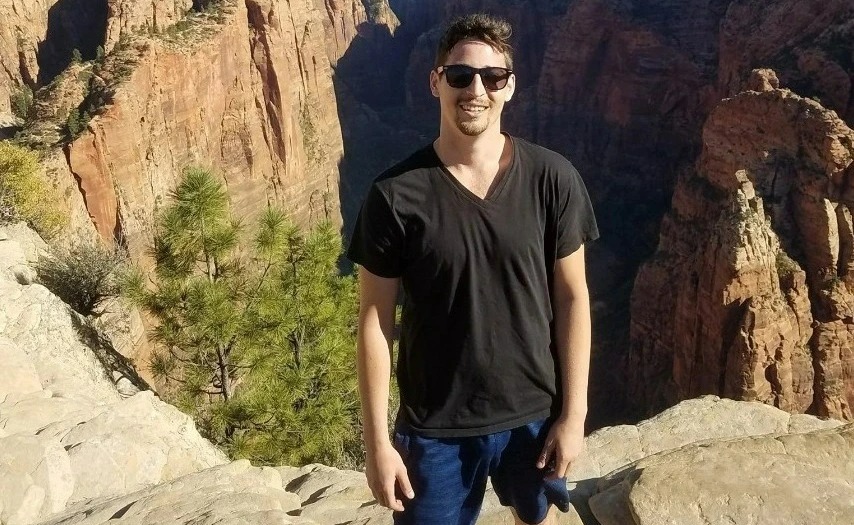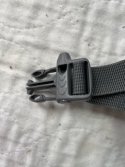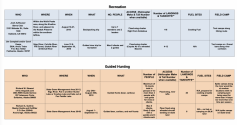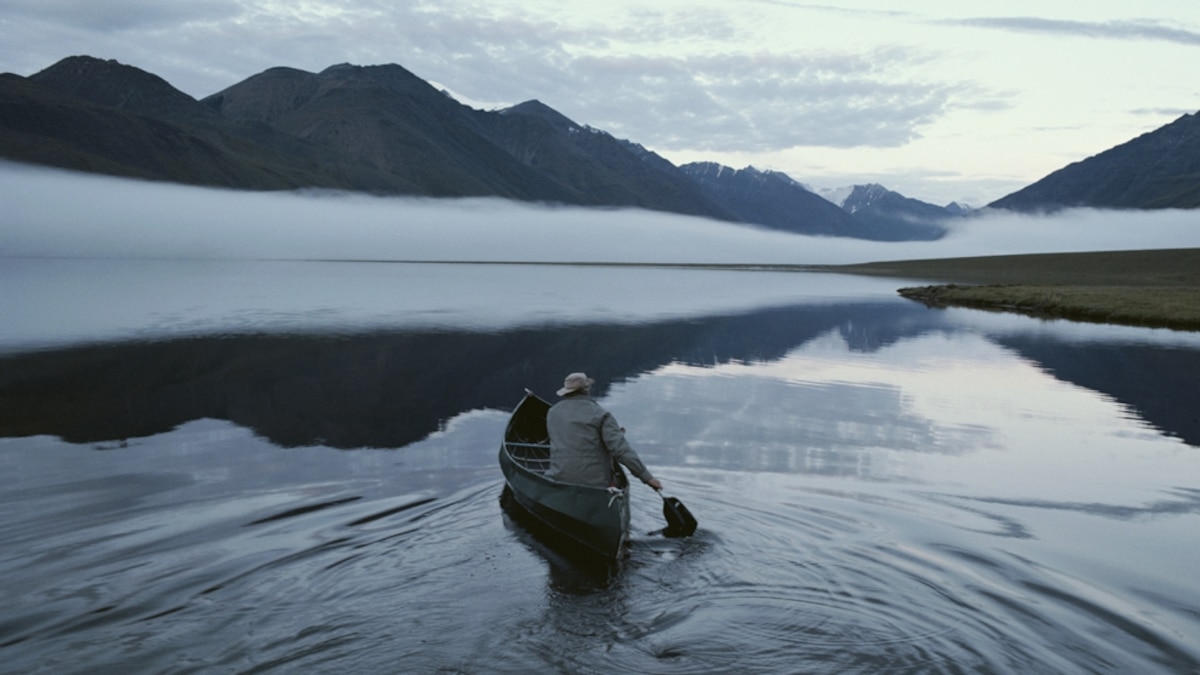Gardenista
On Time Out
- Joined
- Jun 21, 2016
- Messages
- 19,035
- Reaction score
- 157,387
Follow along with the video below to see how to install our site as a web app on your home screen.
Note: This feature may not be available in some browsers.
They have a volunteer who will search solo? To look for someone who got lost solo in that very place? This doesn't sound like a great plan....
Were there any footprints, any trail of him at all?We know this because he was going to retrieve the pack that had the caribou meat in it. They had both filled their tags and were done hunting.
I guess we would have heard if there were.Were there any footprints, any trail of him at all?
None of it makes sense to me - I don't want a time out so I am keeping my opinions to myself as much as I can. But yes I agree with you.Does it make sense that two outdoorsmen would separate in order for one to go off alone for a quarter mile? Since I'm not an outdoors expert, I can't be sure. But it would seem logical that the two would make plans to take on that task together.
the area is this flat and the view unobscured, seems his hunting partner would be able to find him with binoculars.
I was thinking the same thing. And if there were no footprints or anything else to indicate he did go off on his own, I am confused and befuddled?Does it make sense that two outdoorsmen would separate in order for one to go off alone for a quarter mile? Since I'm not an outdoors expert, I can't be sure. But it would seem logical that the two would make plans to take on that task together.
Does it make sense that two outdoorsmen would separate in order for one to go off alone for a quarter mile? Since I'm not an outdoors expert, I can't be sure. But it would seem logical that the two would make plans to take on that task together.
Per ^^^^ the actual distance was over 1/2 mile.Does it make sense that two outdoorsmen would separate in order for one to go off alone for a quarter mile? Since I'm not an outdoors expert, I can't be sure. But it would seem logical that the two would make plans to take on that task together.

I'm not sure about that. This is more along the lines of a group of people who are doing "pack in" camping, where they park at a location and pack all their equipment in, a mile or half a mile or whatever. One member of the party will often go back to the parking area to retrieve something out of the vehicle, with no problems. His intention, apparently, was to go back to where he dropped the pack and retrieve it. On the face of that, I'm not sure it would be typical for both to go. I'm still a little unclear on details. Could he not actually SEE the base camp from where the backpack was?Per ^^^^ the actual distance was over 1/2 mile.
The area is so hazardous, locals don’t like to go there except when it’s frozen.
Per ^^^^^ the meat and the pack had been plopped in the open because SK was physically unable to get it to camp the day before. I would guess he was REALLY incapacitated to be willing to plonk his prize out in the open. And then, to only mark it with a walking stick?
Experienced outdoors people hang together. Cardinal rule. And there doesn’t seem to have been a compelling reason for them to split up.
In this case, too, an essential piece of equipment was the satellite communicator. They only had one.
There was a catastrophe earlier this month—in a less formidable location—where 2 hikers split up. After a days’ long search, one was finally found: deceased. The other was okay.

Mystery surrounds death of hiker who vanished trying to get water for girlfriend
A HIKER who vanished after he went searching for water for his girlfriend in the California mountains has turned up dead. A days-long search for Tim Sgrignoli, 29, ended on Thursday after authoriti…www.the-sun.com
I agree with most everything, except a couple of points:Exactly. Steve struggled with bringing the backpack of caribou in the first place, that's why it was left there, and marked, to fetch later.
So what's to say he wouldn't struggle with it a 2nd time?
His friend should really have gone with him, although I'm sure his friend probably wanted to, but maybe Steve insisted he'd be OK..... after all, it was less half a mile in an area with no trees, and they were experienced survivalists. He would've been able to see Steve during daylight.
They had no problem with the terrain before, nor did they find any quicksand areas.
And his body has not been seen by SAR helicopter, which sounds odd, but he was probably wearing camouflage clothing, so that makes sense why.
I really don't know what to make of it all really.
I'm thinking the long daylight hours might lead you to confuse east and west.The permafrost down a couple of feet stops snow melt absorption into the soil making many ponds and wet, soggy areas on the surface.
The mud bogs aren’t like the stereotypical jungle quicksand where rain is absorbed into the water table infinitely. With the permafrost down a couple of feet one wouldn’t sink all the way in like in horror movies apparently.
I agree that in such a landscape that a deceased person, face down, in camo clothes would just look like the rest of the land… The hunter that said he ran across his friend said the area has rolling hills.
Here is picture of him from the day before on the public face book page. The caption says he looks healthy and happy but not knowing him he looks tired and uncomfortable like his pack is too heavy or not situated to keep him from awkwardly bending forward under the weight.
Search For Steve | Well the weather has cleared and the team is out | Facebook
Since he was gun hunting the camp was probably 5 miles at least from the vehicle?
>>In this Land of the Midnight Sun, the sun never dips below the horizon for 67 days each summer.
Hunting is a way of life in Alaska, and, in season, bow hunting is allowed along the Dalton Highway. Firearm hunting, however, is not permitted within 5 miles on either side of the road.>>
The long (long) road to a famous dead end
Alaska Daylight Hours Calculator
Unbearable swarms of black flies, mosquitoes and gnats are apparently why many sleep in a vehicle.
I didn’t see where they were experienced survivalists. It was mentioned they are experienced outdoors men.
All imo
Snipped for focus....Here is picture of him from the day before on the public face book page. The caption says he looks healthy and happy but not knowing him he looks tired and uncomfortable like his pack is too heavy or not situated to keep him from awkwardly bending forward under the weight.



SK could not be seen from the camp where he set out, even in broad daylight.
